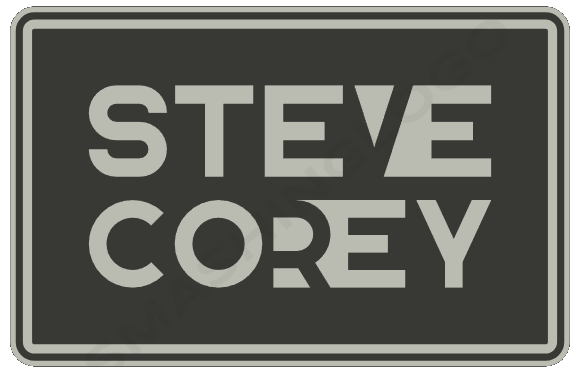Change is inevitable in the world of technology, and Microsoft has recently made a significant one by retiring SharePoint Designer workflows. For years, SharePoint Designer was a beloved tool for creating custom workflows within SharePoint, but now it’s time to bid farewell. In this post, we’ll explore why Microsoft made this decision, what it means for SharePoint users, and what alternatives are available to meet your workflow needs.
Why Did Microsoft Retire SharePoint Designer Workflows?
Microsoft’s decision to retire SharePoint Designer workflows was primarily driven by a need for modernization and the evolving demands of the user base. SharePoint Designer workflows had been in use for many years, and while they served their purpose admirably, they had certain limitations:
- Complexity: SharePoint Designer workflows, though versatile, could become cumbersome and challenging to manage when dealing with complex business processes.
- Performance: As SharePoint environments grew larger and more complex, SharePoint Designer workflows sometimes suffered from performance issues.
- Legacy Technology: SharePoint Designer workflows relied on older technologies that were becoming less relevant in the modern era of cloud-based and mobile-friendly solutions.
In light of these challenges, Microsoft made the strategic decision to shift towards more modern workflow solutions that could better address the evolving needs of SharePoint users.
When are my workflows being turned off?
SharePoint Designer 2010 workflow are already gone. Any that you did have were already removed from your tenant in 2020. SharePoint Designer 2013 workflows have the following dates coming up:
April 2, 2024 – SharePoint 2013 workflows will be turned off for any newly created tenants.
April 2, 2026 – SharePoint 2013 workflow will be removed from existing tenants.
Alternatives to SharePoint Designer Workflows
While the retirement of SharePoint Designer workflows might leave some users feeling uncertain, there are two robust alternatives I recommend that can meet your workflow requirements:
Power Automate (formerly Flow)
Power Automate is Microsoft’s flagship workflow automation tool. It offers a user-friendly interface and deep integration with SharePoint, making it an ideal replacement for SharePoint Designer workflows.
Power Automate provides a wide range of connectors, allowing you to automate workflows across various Microsoft and third-party applications. It supports both cloud and on-premises SharePoint environments. You can use Power Automate for document approval, notifications, data synchronization, and much more.
Azure Logic Apps
Azure Logic Apps is a cloud-based service that enables you to design and run workflows using a visual designer or by writing code.
Logic Apps provide advanced integration capabilities and support for complex workflows, making them suitable for enterprise-level scenarios. Logic Apps can handle data integration, application integration, and orchestration of processes across different services and systems.
Migration Strategies
Migrating from SharePoint Designer workflows to one of the alternatives mentioned above may seem daunting, but it’s essential for staying current and ensuring your workflows remain efficient and effective. Here’s a basic migration plan:
- Inventory Assessment: Identify all existing SharePoint Designer workflows in your environment.
- Choose the Right Alternative: Based on your workflow complexity and requirements, select the most appropriate alternative (Power Automate or Azure Logic Apps).
- Recreate Workflows: Recreate your existing workflows in the chosen platform. This might involve rethinking and optimizing your processes.
- Testing and Training: Thoroughly test the new workflows and provide training to your team members on how to use the new tools effectively.
- Transition Period: Plan a transition period where both SharePoint Designer workflows and the new workflows can coexist. This allows for a smoother transition.
Conclusion
The retirement of SharePoint Designer workflows marks the end of an era, but it also opens up new opportunities for SharePoint users to modernize their workflow processes. Embracing alternatives like Power Automate or Azure Logic Apps will not only ensure the continuity of your workflow automation but also empower your organization to take advantage of more advanced capabilities. Change can be challenging, but in the ever-evolving world of technology, adaptation is the key to success.

